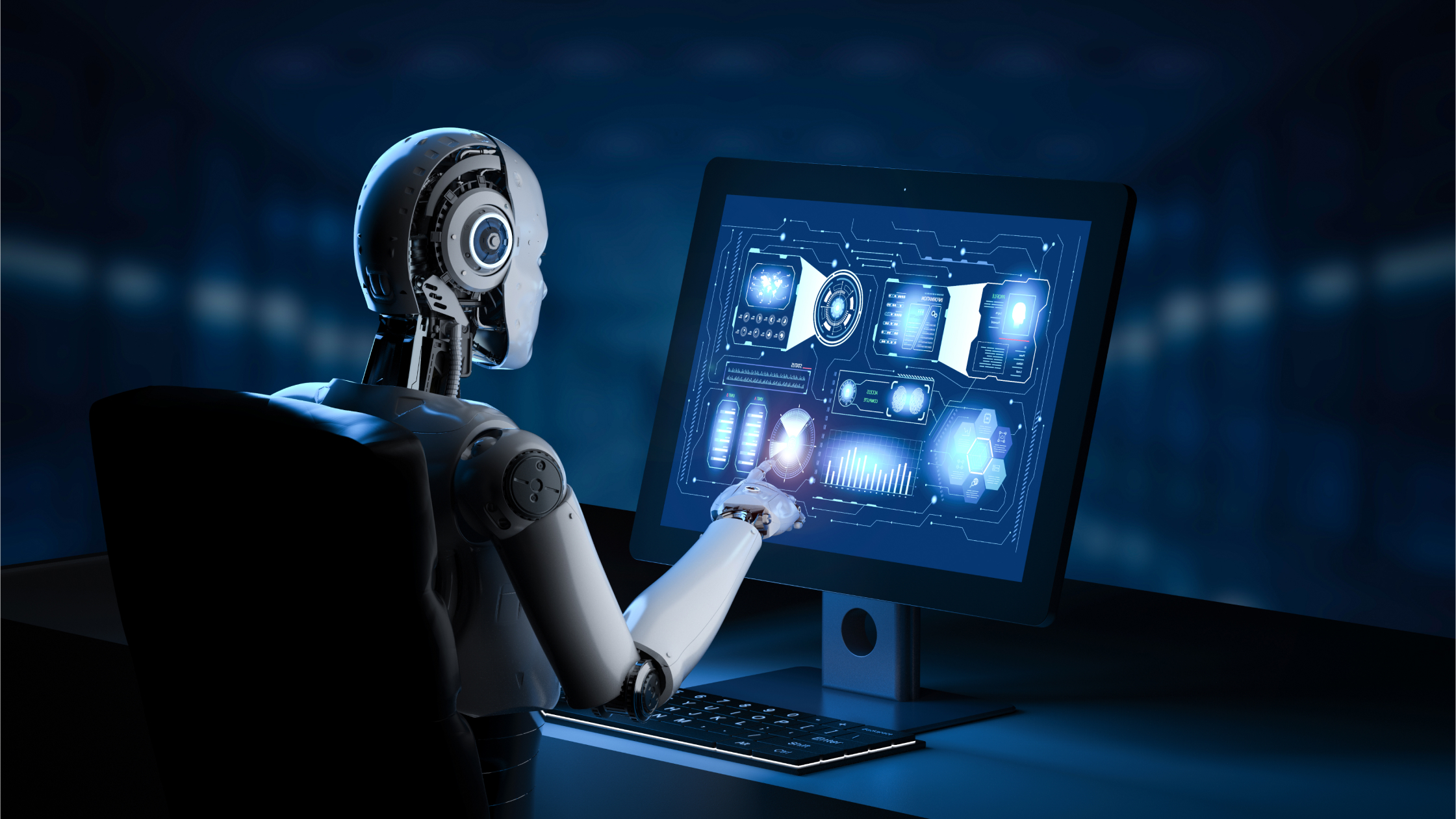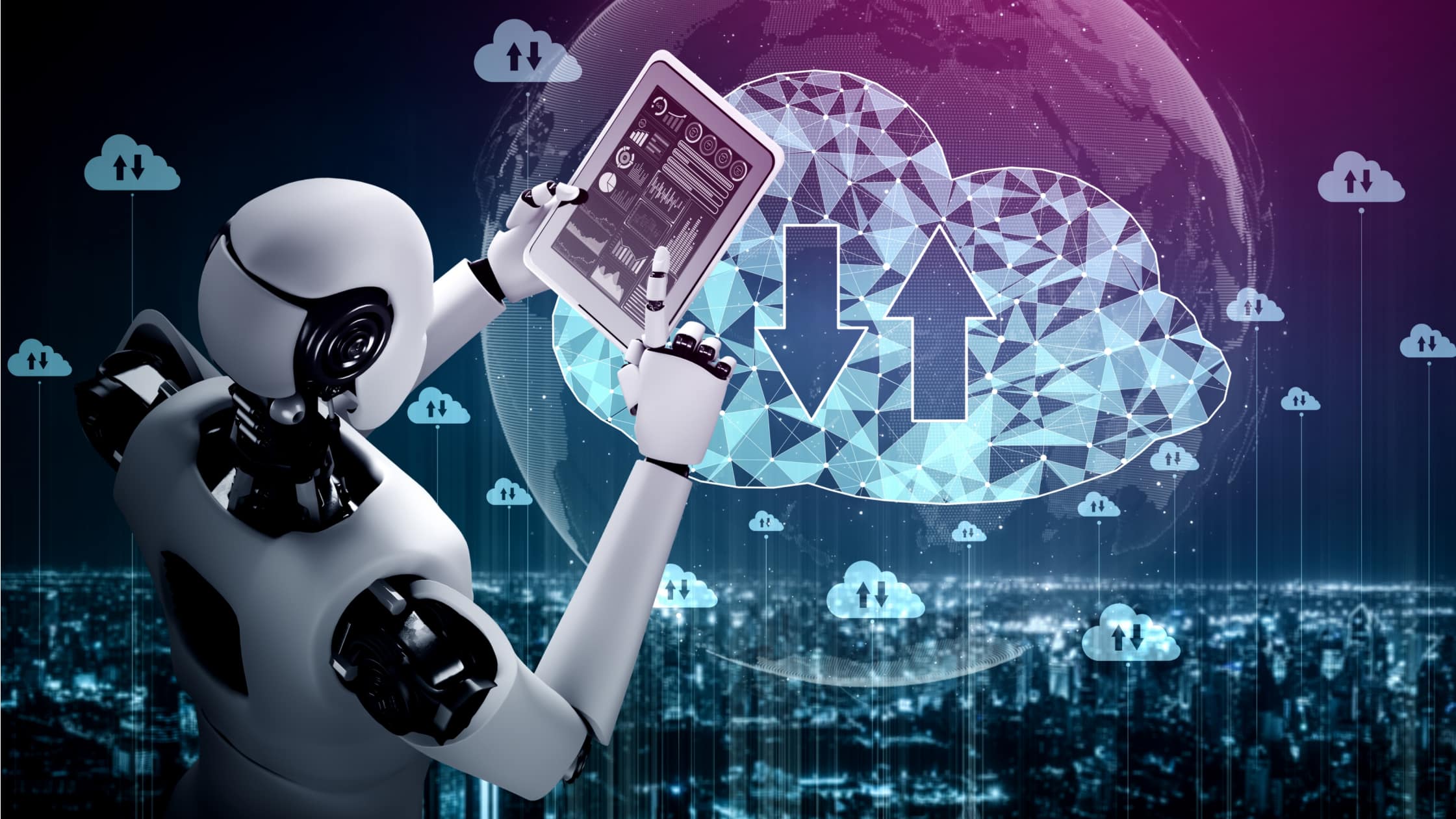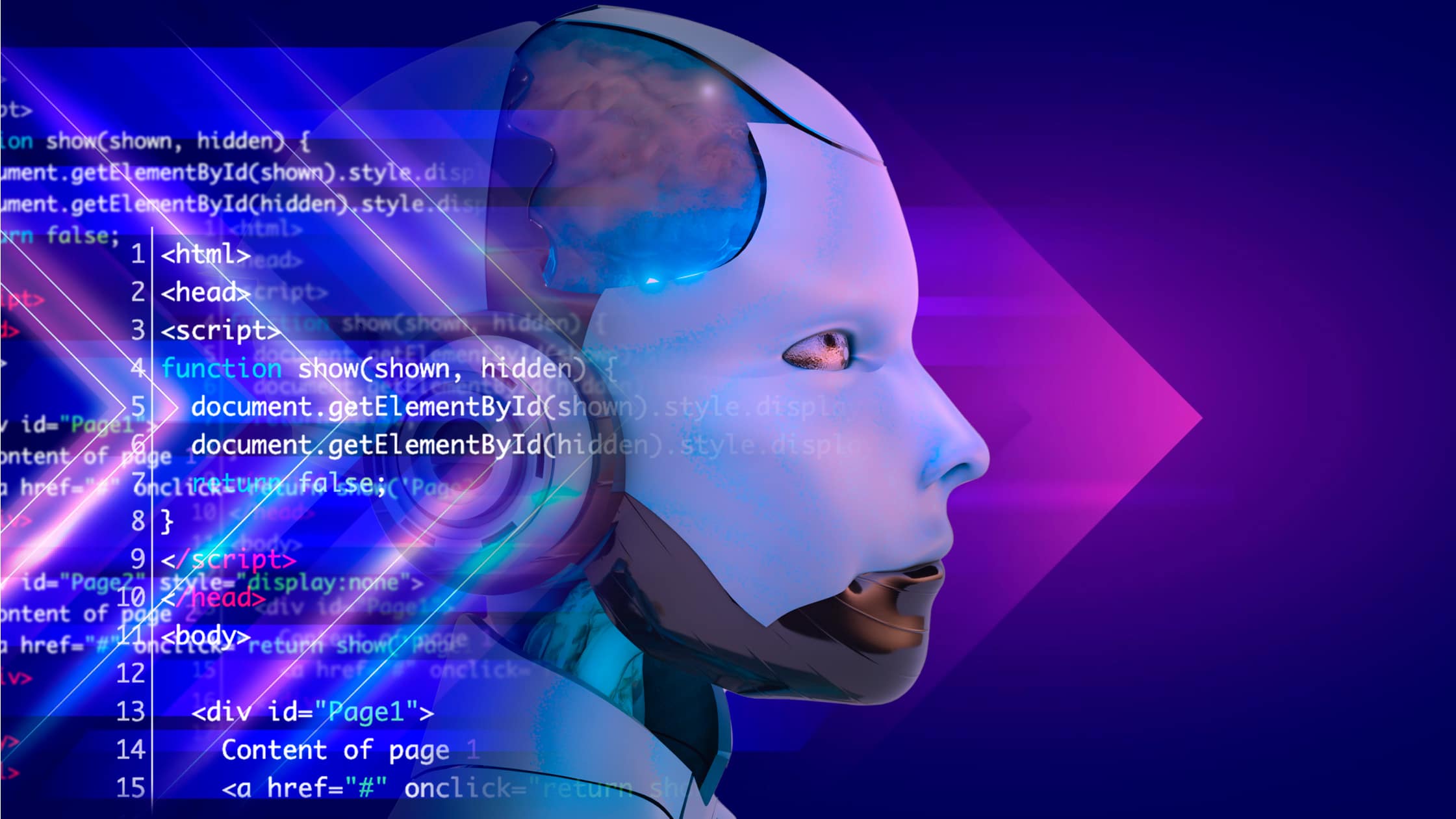What is MLOps?
MLOps, short for Machine Learning Operations, refers to streamlining the deployment, monitoring, management, and governance of machine learning (ML) models in production. It combines data science, software engineering, and IT operations to ensure that machine learning workflows are built and reliably delivered at scale.
In essence, MLOps is the operational backbone of machine learning. It addresses the practical aspects of using ML models—from version control and testing to monitoring and retraining. Unlike traditional software engineering, machine learning introduces non-deterministic outputs and behaviors based on data, which demands continuous oversight and iteration. MLOps makes this process manageable by applying tested principles from DevOps to the ML lifecycle.
Why MLOps Matters
Deploying machine learning models without proper infrastructure and oversight often leads to poor performance, unexpected errors, and maintenance difficulties.
In many organizations, data scientists work in isolated environments where experimentation is fast, but deployment is slow or inconsistent. MLOps bridges this gap by introducing automation, testing, collaboration tools, and clear communication between teams.
According to market forecasts, the global MLOps market is expected to exceed USD 39 billion by 2034, underscoring its growing importance in enterprise technology strategies. The rise of AI applications across industries has forced organizations to prioritize building models and managing them responsibly and at scale.
Without MLOps, companies risk deployment delays, model degradation due to data drift, and compliance issues. The absence of visibility across the machine learning lifecycle can also make audits and documentation more difficult, especially in regulated industries.
Core Components of MLOps
MLOps covers several interconnected areas that support the entire lifecycle of a model, from development to decommissioning.
Model Development and Experimentation
During development, data scientists explore different algorithms, hyperparameters, and datasets. MLOps introduces tracking tools document which combinations were tested, what results were obtained, and how performance varied across experiments.
MLflow and Weights & Biases help organize this process by storing experiment metadata, metrics, and artifacts.
Model Training Pipelines
Training pipelines include data preprocessing, feature engineering, model training, and validation. These pipelines must be repeatable, modular, and scalable. MLOps encourages containerization (e.g., Docker) and workflow orchestration tools (e.g., Airflow, Kubeflow) to maintain consistent environments and automate tasks. It also ensures that data versions are properly linked to model versions, reducing ambiguity in results.
Model Validation and Testing
Before deployment, models undergo thorough testing. This includes performance testing on unseen data, under edge cases, and bias detection to ensure fairness. MLOps promotes automated testing frameworks to validate that models behave as expected before entering production. These validation steps help detect problems early, when the cost of fixing them is lower.
Continuous Integration and Continuous Delivery (CI/CD)
CI/CD pipelines in MLOps automate the building, testing, and deploying of ML models. They allow new model versions to be pushed to production without manual intervention.
Automated workflows help detect breaking changes, test for regressions, and ensure smooth transitions from development to deployment. This speeds up model delivery while maintaining reliability.
Model Deployment
Deployment makes a trained model accessible to end-users or other systems. Depending on the use case, this may involve embedding the model in an application, exposing it through an API, or integrating it into a batch process. MLOps supports multiple deployment strategies, including canary releases, shadow testing, and blue-green deployments. These techniques reduce risk by validating models in real-world conditions before full-scale rollout.
Monitoring and Observability
Once a model is live, it must be continuously monitored. MLOps tracks key metrics such as prediction latency, throughput, and error rates. More importantly, it detects data drift, concept drift, and performance degradation over time.
Drift occurs when the input data or its relationship to the output changes, leading to declining accuracy. By comparing real-time predictions with actual outcomes, teams can decide when retraining is needed.
Observability also includes logging and traceability. MLOps tools log the entire inference path, from input features to model outputs, enabling root-cause analysis when something goes wrong.
Model Retraining and Lifecycle Management
ML models often lose effectiveness as the data they were trained on becomes outdated. MLOps includes triggers for retraining, whether based on schedules, performance thresholds, or data changes. Retraining workflows typically reuses training pipelines, ensuring data preparation and evaluation consistency.
Lifecycle management includes the versioning of datasets, code, and models. MLOps ensures that each model version can be traced back to the conditions under which it was built, trained, and validated. This traceability is important for compliance, reproducibility, and rollback capabilities.
Security and Compliance
MLOps also manages access controls, encryption standards, and audit trails. In finance, healthcare, and insurance industries, regulatory compliance requires strict documentation of model behavior and data usage. To meet these needs, MLOps frameworks incorporate role-based access, identity management, and secure data handling.
By maintaining control over how data flows into models, how predictions are made, and who can access what, MLOps supports secure deployments aligned with organizational policies.
Benefits of Implementing MLOps
Organizations that adopt MLOps practices benefit from faster deployment times, reduced operational errors, and more reliable machine learning systems. Automation of repetitive tasks allows teams to focus on model innovation instead of maintenance.
Collaboration also improves. Developers, data scientists, and operations teams work from shared platforms with clear responsibilities. This eliminates bottlenecks and enables more frequent and stable updates to machine learning systems.
Additionally, MLOps brings predictability to model behavior. When inputs change or models perform poorly, automated alerts prompt retraining or rollback, avoiding manual firefighting. Over time, this helps build more stable and trusted machine learning systems.
Common Tools and Platforms in MLOps
A number of tools support different stages of the MLOps lifecycle. Some are open source; others are commercial. Common tools include:
- Version Control and Experiment Tracking: Git, DVC, MLflow
- Pipeline Orchestration: Apache Airflow, Kubeflow, Metaflow
- Model Serving: TensorFlow Serving, TorchServe, Seldon Core
- Monitoring: Prometheus, Grafana, Evidently
- CI/CD: Jenkins, GitHub Actions, GitLab CI
- Infrastructure Management: Kubernetes, Terraform, Docker
The right toolset depends on the organization’s scale, regulatory environment, and technical maturity. In larger enterprises, toolchains are often integrated into centralized ML platforms.
Challenges in MLOps
While MLOps offers structure and automation, it also brings challenges. One major hurdle is organizational alignment. Data science and engineering teams often work with different priorities, tools, and metrics. MLOps requires a shift in mindset where machine learning is seen as a product, not a one-time project.
Technical debt is another concern. Hastily built models, undocumented scripts, and inconsistent environments can make long-term maintenance difficult. MLOps disciplines these practices by enforcing version control, testing, and documentation.
Scalability also poses a challenge. What works for one model may not scale across hundreds. Monitoring systems can become noisy without careful design, or retraining workflows may exceed cost constraints.
Moreover, interpretability and fairness are ongoing concerns. MLOps does not solve these problems by itself, but it provides a structure for documenting model decisions and tracking fairness metrics. When combined with explainability tools, it helps ensure responsible AI use.
As global adoption increases, industry standards around MLOps practices, governance, and ethics will likely emerge. Companies will be expected to track how models are used, how decisions are made, and how fairness is ensured. MLOps will be a technical framework and part of an organization’s governance and accountability strategy.



